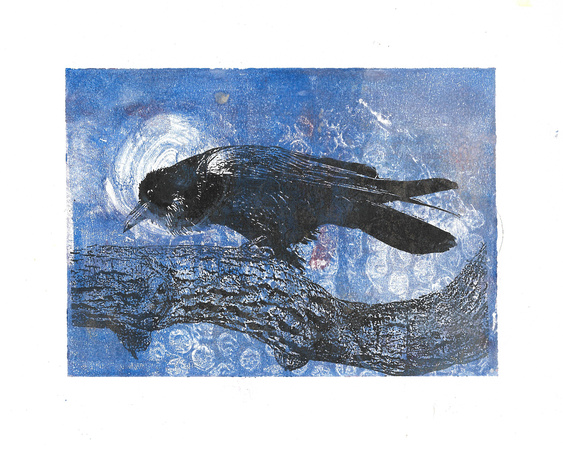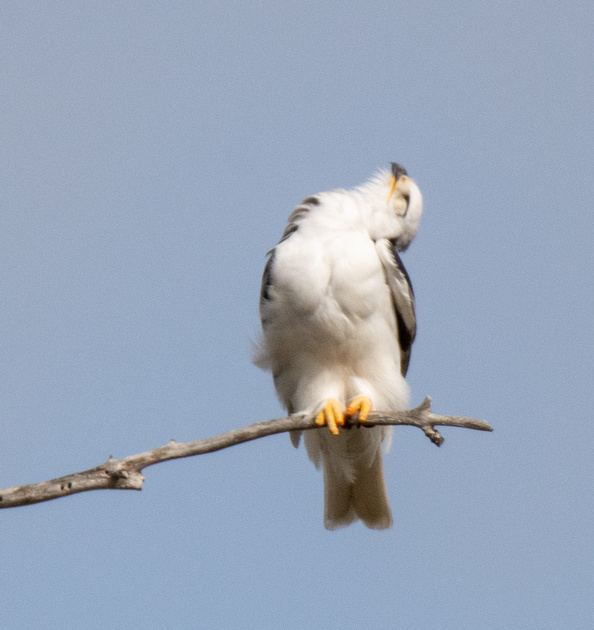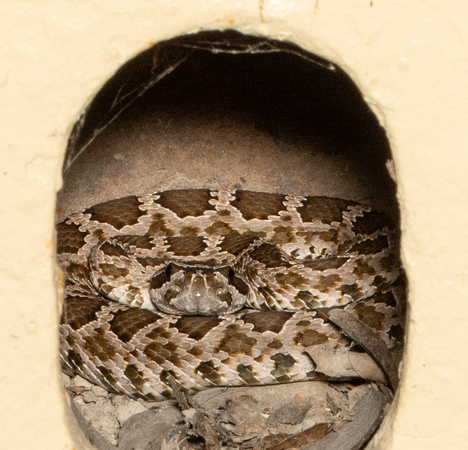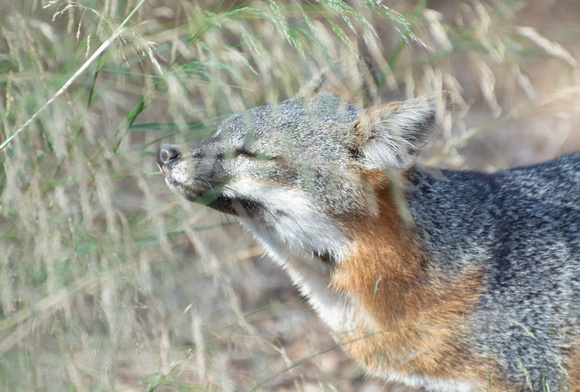Sights of August 2019
To avoid the summer heat, I stayed home a few more days than usual. I experimented with various art media and styles, from realistic to abstract. It challenges my brain.
I also took some time to post a few of my historical photo observations into iNaturalist. I still have so many more to post, but at least that's a start. By posting in iNaturalist I help science, and I get the benefit of some more searchable data. Also, let me again give my appreciation to those that help with id's and correct my mistakes. With so many photos to post and places to track things on-line, I sometimes make clerical errors, and of course, sometimes just plain old wrong identifications. I truly appreciate the time and effort when someone corrects me.
I continued my Dragon quest into August. I visited San Joaquin Marsh in Irvine, Madrona Marsh in Torrance, El Dorado Park, DeForest Park, and the LA River in Long Beach. No new species for me, but I continued to see the same species I have seen in past years in the same locations. Some dragonflies, such as Skimmers, are 'perchers', hunting like Flycatchers, often returning to the same spot. They are easier to photograph. Others, such as Gliders and Darners, are fliers, like Swifts, and only occasionally perch. These are always a challenge to photograph, and I feel particularly happy when I get a good shot.
In addition to the dragonflies, I found two species of tiger beetles at Colorado Lagoon. I rarely see tiger beetles because they are small, often have cryptic coloration (although some species can be quite colorful), are very fast, and not found in most places. Finding two different species was quite a treat. I went to Madrona Marsh with some folks from my entomological society to look at native bees and other critters.
Shorebirds are migrating back. The 'special' bird was a Baird's Sandpiper, but I love seeing the diversity of plumage on our more common birds. Some still have remains of the summer as they have not fully molted back to their basic plumage, and some are juveniles just coming into their first adult plumage. In addition, the babies of common birds that breed locally are growing up and looking more adult, but still may have a feather out of place here and there.
Another 'special' bird was the Little Blue Heron at Madrona Marsh. Better birders than I had found it and notified the birding world. Little Blues have rarely been seen in LA county. Before you complain to me that it is not blue, let me say that it is immature and immature Little Blue Herons are white. It looks very similar to the immature snowy egret. I don't make the rules. Fortunately last month I had a good study of the Snowy due to my own confusion. This time I knew it when I saw it.
I am still a sucker for furry creatures. I can't help but say 'here kitty' to most small mammals (and birds, reptiles, insects, etc.) that I meet. A pair of raccoons at Cabrillo Beach were generally unfazed by my presence and unresponsive to my calls. One climbed into a palm tree and took a nap.
The wetlands bird survey was good for raptors. We have had consistent visits of a White-tailed Kite in August. They are one of my favorite birds. Red-tailed Hawks and American Kestrels are almost always there, and a Cooper's Hawk is not uncommon. I also found an Orange Sulphur butterfly and a few other insects as incidental sightings.
I had to skip my Irvine Ranch butterfly count because I thought it would be too hot for me. However, I did make it to the monthly blacklighting night. It was a a lot of fun. We had good weather, good company, and good critters. As usual in the summer, bats came out just at sunset. We had some additional excitement with a shy young rattlesnake. I did not try calling it with 'here kitty'. A large Sphinx moth (Smerinthus ophthalmica) was a big hit. I really enjoy the company of others who can get excited by a moth.
A special trip was an afternoon out to Scorpion Bay at Santa Cruz Island. I was happy that my husband joined me. It was a birding trip, however the highlight was the Island Fox. I had seen one once before and was glad my husband finally got to see one too. Actually there were several of them and they are very bold around people. Ravens and foxes like to pick through human belongings at the campgrounds. Due to their isolation, the ecology of island ecosystems is different from that of mainland communities. Each of the channel islands has its own subspecies of fox. All are related to the Gray Fox. We went to see the Island Scrub Jay, which is related to the California Scrub Jay. As one person put it, it's the $54 bird, because that's how much the boat trip cost to see it.
Follow me on Facebook: https://www.facebook.com/KimMooreNaturalist/
Be sure your browser allows Flash in order to see the names in the slideshow.
Watch the slideshows or click on the links to look through at your own pace. Links open n a new tab.
Enjoy the show! I always appreciate corrections to ID's.
Local stuff: https://kimssight.zenfolio.com/new_aug_2019

Wetlands Bird Survey: https://kimssight.zenfolio.com/hellman_aug-2019

Irvine Ranch Blacklighting: https://kimssight.zenfolio.com/irc_aug_night_2019

Santa Cruz Island: https://kimssight.zenfolio.com/santa_cruz_island_aug-2019

